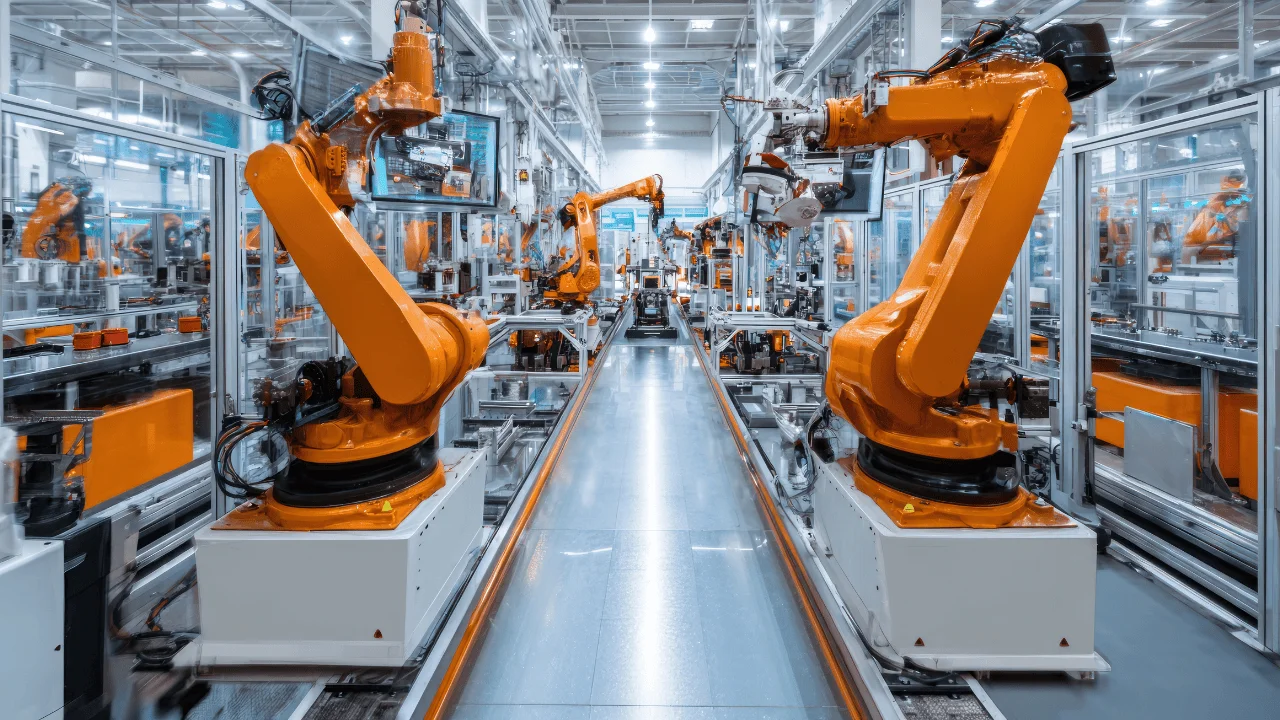There is no shortage of talk about Industry 4.0, but most manufacturers I speak to aren't thinking about it, they’re too busy focusing on the immediate, practical challenges that are impacting their business day to day. This includes filling critical technical roles, stabilising quality, and keeping lines running. That's what is keeping them up at night.
I spend my days inside SME manufacturers. The pattern is consistent. You’re chasing output, firefighting quality, plugging maintenance gaps and trying to hold a team together in a market where good engineers are scarce and salaries are ballooning. Talk of digital twins and full smart-factory deployments can feel like a distant horizon.
Here’s what I’m seeing and how I advise clients to move forward.
IQ on the shop floor, EQ on the line
Two shortages compound each other.
- Technical depth. Maintenance engineers, process/manufacturing engineers, and credible quality professionals are hard to find. The best are either tied in, paid up or being courted by larger players.
- Leadership that lifts performance. Even when you land good engineers, productivity stalls without supervisors, production managers and operations leaders who can coach, prioritise and communicate.
That mix of IQ and EQ is the engine of productivity. Without it, your OEE doesn’t move, you burn overtime, and you never find the headspace to modernise.
Why many SMEs feel miles from digital transformation
Large tier-ones can invest in MES upgrades, factory automation and data infrastructure. Many SMEs can’t while they’re living month to month. The last decade hasn’t helped. Demand shocks, supply disruption and cost volatility have pushed owners into survival mode. When you’re trying to retain good people and hit customer dates, a multimillion-pound automation roadmap is a luxury.
That pressure shows up in the data. ONS Index of Production data highlights how manufacturing output has swung month to month, underlining why many teams focus on immediate delivery before long-horizon projects.
But none of this means Industry 4.0 is irrelevant. It means the sequence matters. If your daily reality is reactive maintenance, variable first-time pass and bottlenecks, go after those constraints first. Better flow buys you the capacity to plan the next step.
Practical hiring moves that work
When we sit down with a manufacturing leadership team, we map the bottlenecks that actually hit revenue and customer experience. Then we hire for impact. Here’s the playbook.
- Target roles that release throughput.
- Maintenance: shift-covering multi-skilled engineers who can problem-solve and coach operators.
- Process/manufacturing engineering: people who can document and stabilise processes, not just “keep the line running”.
- Quality: pragmatic quality leads who can tighten cradle-to-grave controls with suppliers and customers.
- Screen for behaviours as hard as skills.
I want engineers who will stand at the cell, run a trial, capture the data and get buy-in from the team. We assess for attitude, communication and bias to action, not just CV keywords. - Hire leaders who create leaders.
Your best supervisors don’t bark. They unblock, set standards and leave teams stronger. In interviews we probe for coaching stories, not job titles. - Use flexible options to move fast.
If you need immediate impact to steady a line or launch a NPI, consider interim cover or a fixed-term specialist. It buys time to hire right without losing momentum. Our contract bench exists for exactly that purpose. - Define a simple, believable EVP.
Candidates will trade a little cash for a leader who backs them, a clean process and fair flexibility. We help clients position that clearly, then we go and find people who fit.
If you want a partner who can advise and deliver across permanent and interim, our services overview covers both models and how we run them end-to-end.
Build foundational data before big tech
You don’t need a full digital programme to benefit from data. Start with what your team can sustain.
- Lock in standard work at key stations
- Measure a small set of useful metrics per cell
- Run real daily stand-ups that drive action
- Share results visibly and celebrate fixes
Once you stabilise, you’ll know where automation or better data capture will pay back first. That’s when it makes sense to bring in a specialist controls engineer or pilot a small automation cell. Piece by piece beats grand plans that never start.
What good looks like in 6–12 months
Clients who follow this sequence tend to see:
- Fewer breakdowns and a calmer production rhythm
- Higher first-time yield with fewer customer escalations
- Leaders spending time on improvement, not just expediting
- Real capacity to trial automation where the numbers make sense
That’s the point. Get today under control so tomorrow becomes possible.
How we help
W Talent exists to put the right manufacturing and engineering people into the right seats, quickly and credibly. We place mid and senior leaders, qualified, aspirational but hands-on engineers, and leaders, across SMEs and corporates, using a delivery model built by people who understand the shop floor. Explore our disciplines to see where we specialise or learn more about us and why clients choose our challenger approach.
Ready to stabilise output and build towards smarter manufacturing?
Let’s talk about the one or two hires that will move your numbers first.



